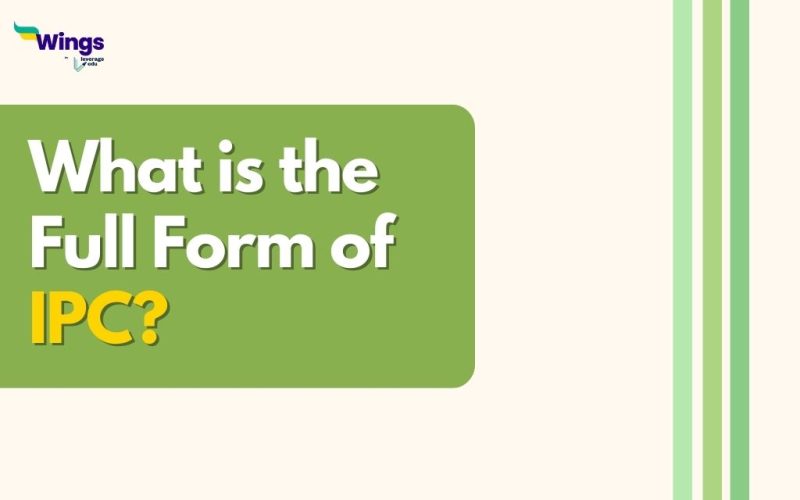The full form of IPC is Indian Penal Code. The Indian Penal Code is the Republic of India’s official criminal code. It is a comprehensive code that aims to encompass all aspects of criminal law. It took effect in all British Presidencies in 1862, although it did not apply to the Princely states, which had their own courts and legal systems. The First Law Commission, chaired by Thomas Babington Macaulay, drafted the first draught of the Indian Penal Code. The draught was based on a simple codification of English law, with aspects borrowed from the Napoleonic Code and the Louisiana Civil Code of 1825.
History of IPC
Table of Contents
The first draught of the Code was given to the Governor-General in council in 1837, but revisions and amendments took another two decades. The code was completely drafted in 1850 and presented to the Legislative Council in 1856. The Indian Revolt of 1857 delayed its incorporation into British India’s statute book.
The code went into effect on January 1st, 1860, after many changes and amendments by Barnes Peacock, the first Chief Justice of the Calcutta High Court. Prior to the arrival of the British, the majority of Indian penal law was Muhammedan law. Although the East India Company did not interfere with the criminal law of the country for the first few years of its administration, and although in 1772, during the administration of Warren Hastings, the Company for the first time interfered, and henceforth until 1861, the British Government did alter the Muhammedan law from time to time, up to 1862, when the Indian Penal Code came into operation, the Muhammedan law was undoubtedly the basis of the criminal law excepting in the precedency towns.
Other forms of IPC
The age of Muslim criminal law administration in India lasted a long time and provided several phrases for the vocabulary of Indian law.
The other full form of IPC is Interprocess Communication. It serves as a channel for process communication. It is a technique in which an operating system allows all independent processes within single or multiple systems connected by a network to interact or communicate with one another. It can handle several requests at the same time. It is also used for data sharing between many threads in one or more processes. Processes use them as abstract devices, but they can be implemented in a variety of ways in the operating system.
Related Blog
Also Read: How to Prepare for UPSC?
We hope this information helped you to understand the full form of IPC. For more updates like these, you can check our page.
 One app for all your study abroad needs
One app for all your study abroad needs













